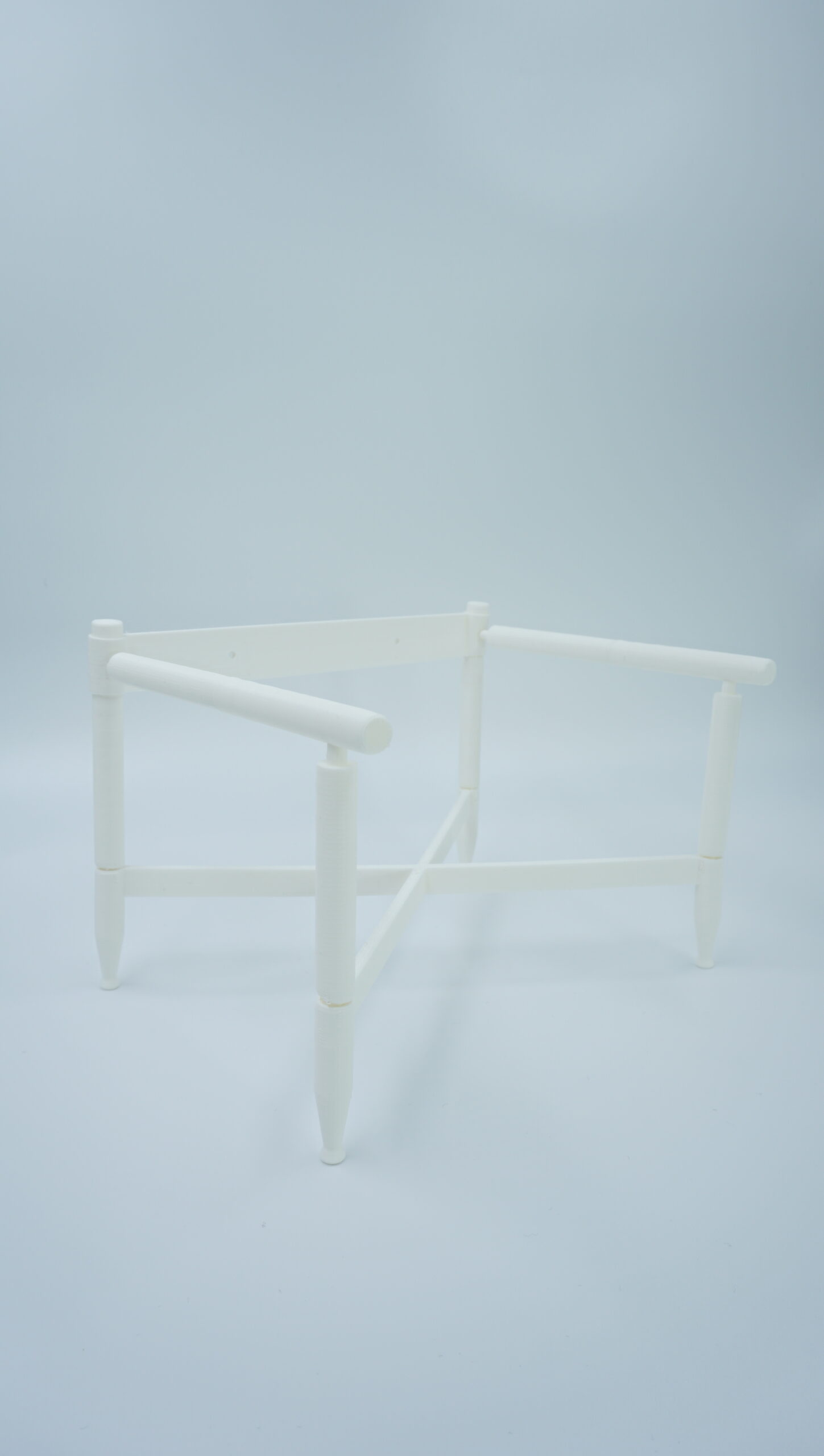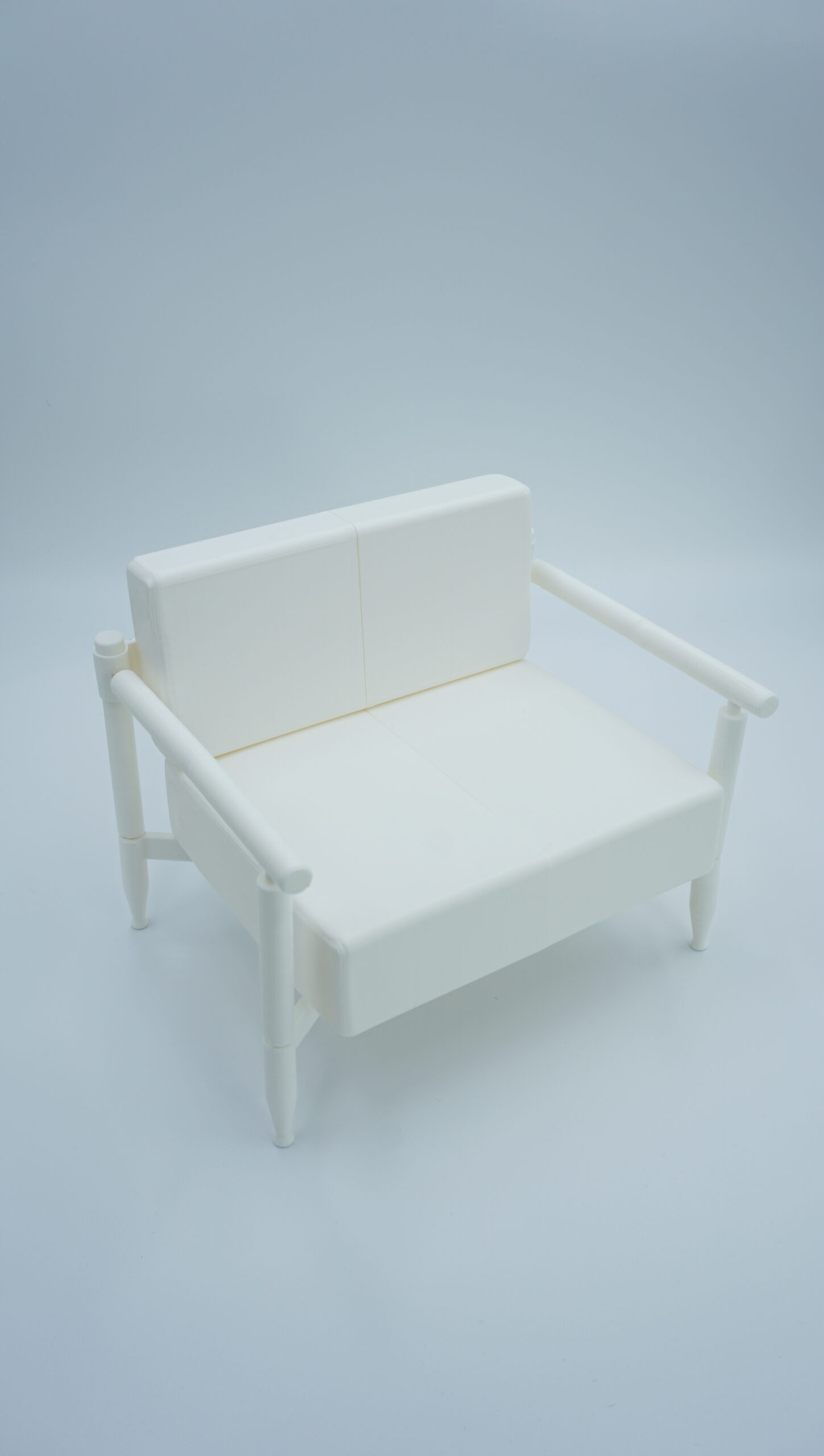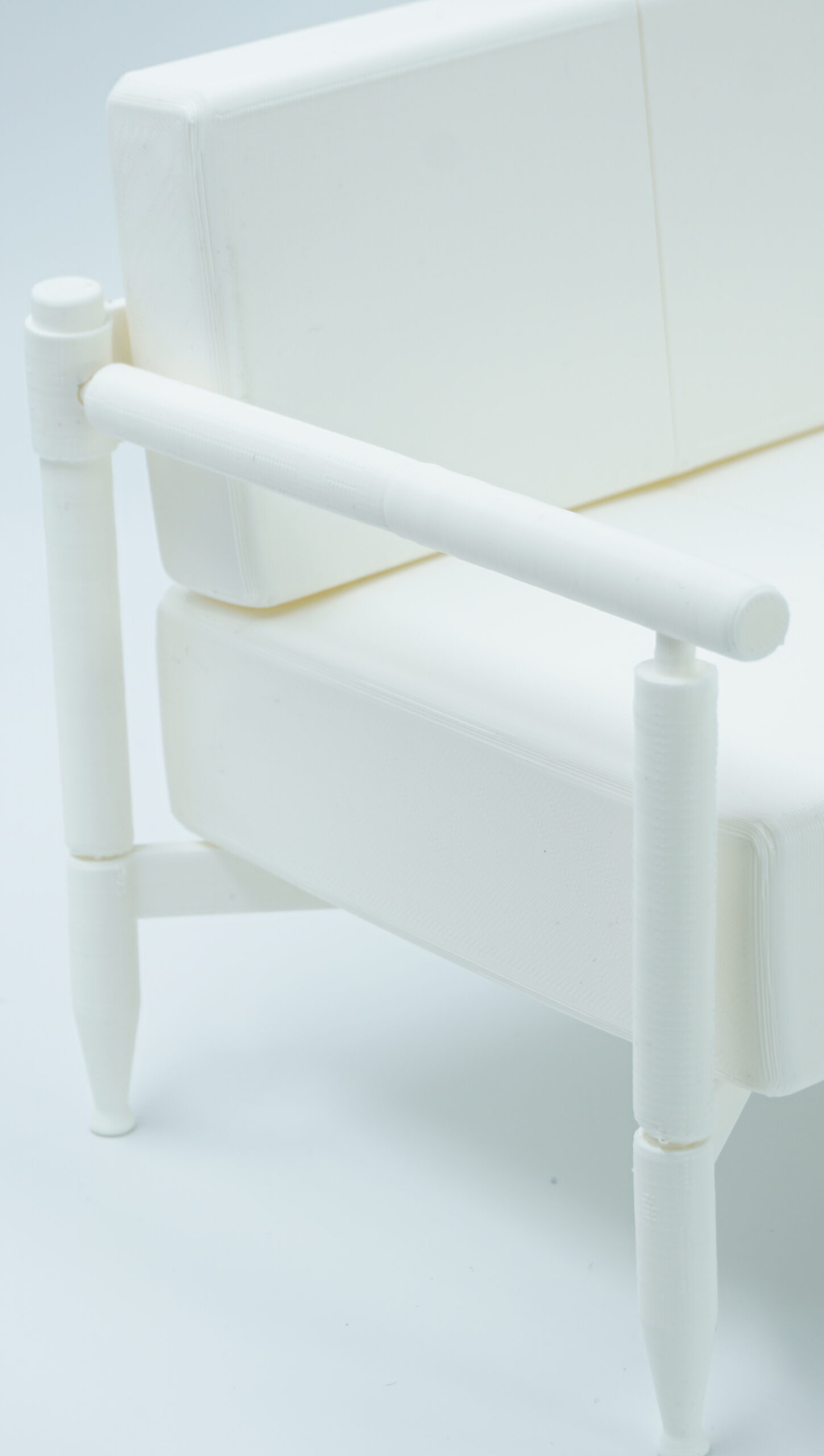
Circular Economy
How can designers contribute to the move towards a circular economy production model in furniture manufacturing?
This project started with an examination of my beliefs about the practice of design. I believe in the importance and value of the practice of design as an instrument capable of providing solutions to the problems that surround us, be they social, political or economic. For a long time, the word design came to be associated with concern only with the formal properties of objects and with the aesthetics of products. This conception can already be considered quite old-fashioned today.
Despite the existence of this new approach to design, the predominant model goes in the exact opposite direction. This model already shows signs that it no longer works. It is not sustainable. That is, it needs to be changed. Today's world is characterised by a predominance of instability, unpredictability, uncertainty and complex relationships between economic and social agents. Unfortunately, the design itself has its contribution to the existence of this problem, but it can also offer a way to bring solutions and changes to this moment in which we live.
"Design is undergoing a momentous change… interaction design, experience design, social design, and design for sustainability did not exist a few years ago. The older projects of designing artefacts have not disappeared, but the recognition that design can be so much more is growing"-Victor Margolin
For the development of this project, two approaches were chosen: Furniture Design and Circular Economy. The concept of Circular Economy is an alternative to the predominant model of the linear economy. In the linear model, products are manufactured, purchased, used and then discarded frequently, with considerable loss of value of resources and becoming toxic to nature. The Circular Economy model seeks to eliminate waste in manufacturing and consumption processes completely. In this model, production, consumption and sales are designed to minimize the net extraction of primary resources, such as fossil fuels, raw materials, water, land and the environment and their associated negative environmental impacts.
In that model, products are designed to be repaired or built to last. The products are designed in such a way that after use, they can be disassembled and returned to parts of the product and returned to the raw material instead of extracting virgin raw material. Being able to be disassembled, the resources that were used can be recovered and retain value. Once we maintain the value of a product, they will no longer become waste.
Bringing that concept into product design, a suite of furniture was developed, all designed within the principles of modularity and easy assembly and disassembly. The modular design, in addition to facilitating repair, allows remanufacturing and updating the product. Also, it enables the removal of individual parts of a product through a project that provides for this, allowing disassembly, reducing the cost and effort to replace components when they are damaged.
The modularity of the components and the ease of assembly and disassembly also help to bring production closer to circular systems. To this end, a project was conceived that aims longevity and also the end of its lifespan from the beginning. In this product, materials and processes were used to create a versatile system, using the materials efficiently and minimizing production costs. In order to maximize value, the idea is also to obtain materials from both ends of the product life cycle, minimizing the number of material flows, reducing costs and increasing profitability. For this reason, a solution was designed that allows the closed-loop and brings the product back for reassembly or recycling.
After some tests and experiments, a key component has been reached, which is the structure that forms the base of the part. That component is formed by an aluminium casting set in the shape of an "X". Aluminium was chosen for its adaptability and also for its sustainable credentials. That structure allowed the development of a product line that includes, in addition to the armchair, sofa, ottoman, bench, table and cabinet. They all use the same palette of materials and production processes, material flows and technologies. With a structure of multiple uses, it is intended to create a product capable of adapting to new requirements. Thus, longer service life is guaranteed for this product.
In addition to aluminium, it was selected solid oak wood for the arms and legs, which have suppliers close to Ireland that work with certified wood. These materials were used in their natural colours. For upholstery, more organic and easier to recycle materials were researched to replace the conventional foam, a critical issue for the environment. For the backrest of the armchair, for example, softer padding composed of wool, natural latex and horsehair was specified. A firmer material made from coconut fibre, natural latex and wool was selected for the seat. In addition, natural fabrics were also specified for this upholstery. All pieces are customizable and can take on different arms, feet, finishes and colour combinations. Vibrant colours that blend and harmonize were selected for them, bringing a very pop aesthetic to the piece. Six different colour combinations have been proposed, including shades of green, red, orange, pink, blue and yellow. The highlight colours were inserted through the fabrics applied to the seats and backs of the armchair and sofa and also on the body of the cabinet, which received a suitable painting for wood a water based.
Due to its versatility potential, the proposed system allows several products to be potentially created from the same structure, which enables the manufacturer to obtain the maximum value of the investment and also at the other end allows him to offer a wide range of product options to the choice and later, possibly, return to reconfigure/update the product.
Because of its capacity for various combinations, this collection was named Domino, in which the aesthetic of a domino piece was an inspiration for pieces in which rectangular shapes with rounded edges predominate. The parts also can be disassembled and reassembled several times without loss of structural integrity. That means that the products last longer and are more suited to the modern lifestyle. Domino collection also can get extra accessories, such as laptop supports and padded arms with side pockets for armchairs and sofas. Its simplicity is suitable for a wide range of applications in domestic and hospitality environments. Its versatility also makes it ideal for commercial fit-outs, where updating and reconfiguring of furniture are a requirement.






